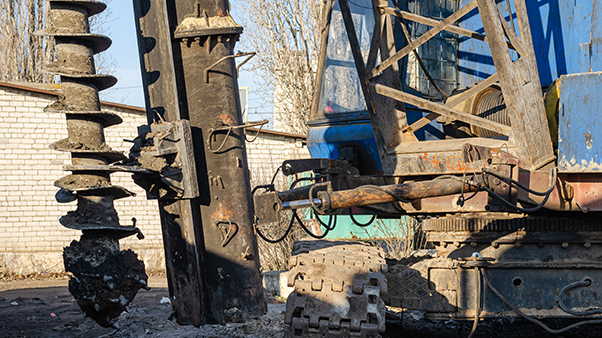
Digger derricks are powerful machines designed to handle a variety of tasks, from digging holes to lifting heavy loads. While these versatile pieces of equipment enhance efficiency on job sites, it’s crucial to prioritize safety during their operation. In this blog post, we’ll explore essential safety tips to ensure a secure work environment when using digger derricks.
Operator Training and Certification:
The foundation of digger derrick safety begins with well-trained and certified operators. Ensure that operators have received comprehensive training on the specific model they are using, covering both theoretical knowledge and practical skills.
Pre-Operation Inspection:
Before each use, conduct a thorough pre-operation inspection of the digger derrick. Check for any signs of wear, damage, or fluid leaks. Pay close attention to hydraulic systems, electrical components, and the condition of the boom and attachments.
Maintain Proper Distances:
Establish and maintain safe distances between the digger derrick and other equipment, structures, or personnel. Be aware of overhead power lines and maintain the required clearance to prevent electrical hazards.
Use Personal Protective Equipment (PPE):
Operators and ground personnel should wear appropriate PPE, including hard hats, gloves, steel-toed boots, and high-visibility clothing. PPE adds an extra layer of protection in case of unexpected events.
Stabilize the Equipment:
Ensure that the digger derrick is on stable ground before operation. Use outriggers or stabilizers as recommended by the manufacturer to prevent tipping. Follow proper leveling procedures to maintain stability during lifting and digging tasks.
Adhere to Load Capacities:
Respect the load capacities specified by the manufacturer. Overloading the digger derrick can compromise stability and lead to accidents. Familiarize yourself with the load charts and ensure that loads are properly secured.
Communication Protocols:
Establish clear communication protocols between the operator and ground personnel. Use standardized hand signals or two-way radios to convey instructions effectively. Maintaining clear communication is crucial, especially in environments with high noise levels.
Weather Awareness:
Monitor weather conditions closely. High winds, rain, or snow can impact the stability and safety of the digger derrick. Suspend operations during adverse weather conditions and resume only when it is safe to do so.
Emergency Response Plan:
Develop and communicate an emergency response plan that covers potential scenarios such as equipment malfunctions, electrical hazards, or accidents. Ensure that all personnel are familiar with the procedures and know the location of emergency equipment.
Regular Maintenance and Inspections:
Schedule regular maintenance and inspections for the digger derrick to identify and address any issues promptly. Keep a detailed maintenance record and address any concerns as soon as they arise.
Prioritizing safety is non-negotiable when operating digger derricks. By following these safety tips, operators and site personnel can contribute to a secure work environment, reducing the risk of accidents and ensuring that digger derricks serve as valuable tools in construction and utility operations.
Note: The provided safety tips are general guidelines. Always refer to the manufacturer’s guidelines and industry standards for specific safety recommendations for the digger derrick model in use.
Leave a Reply